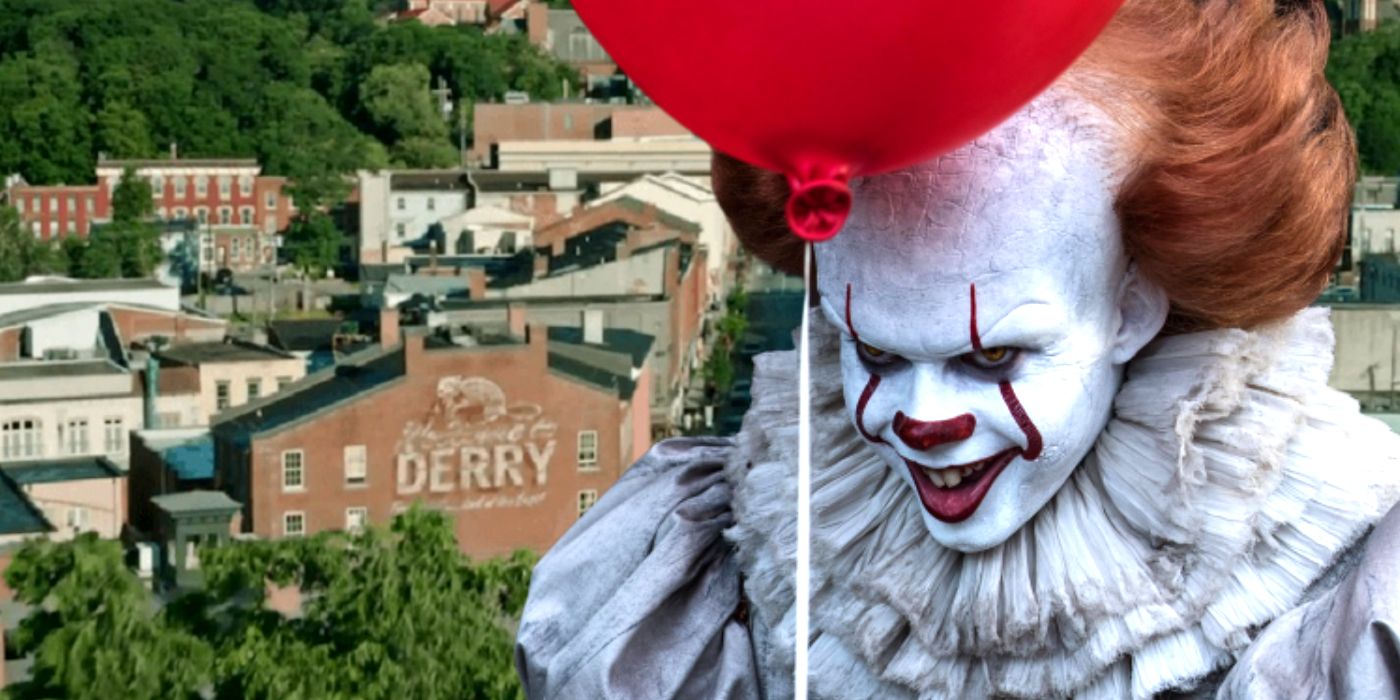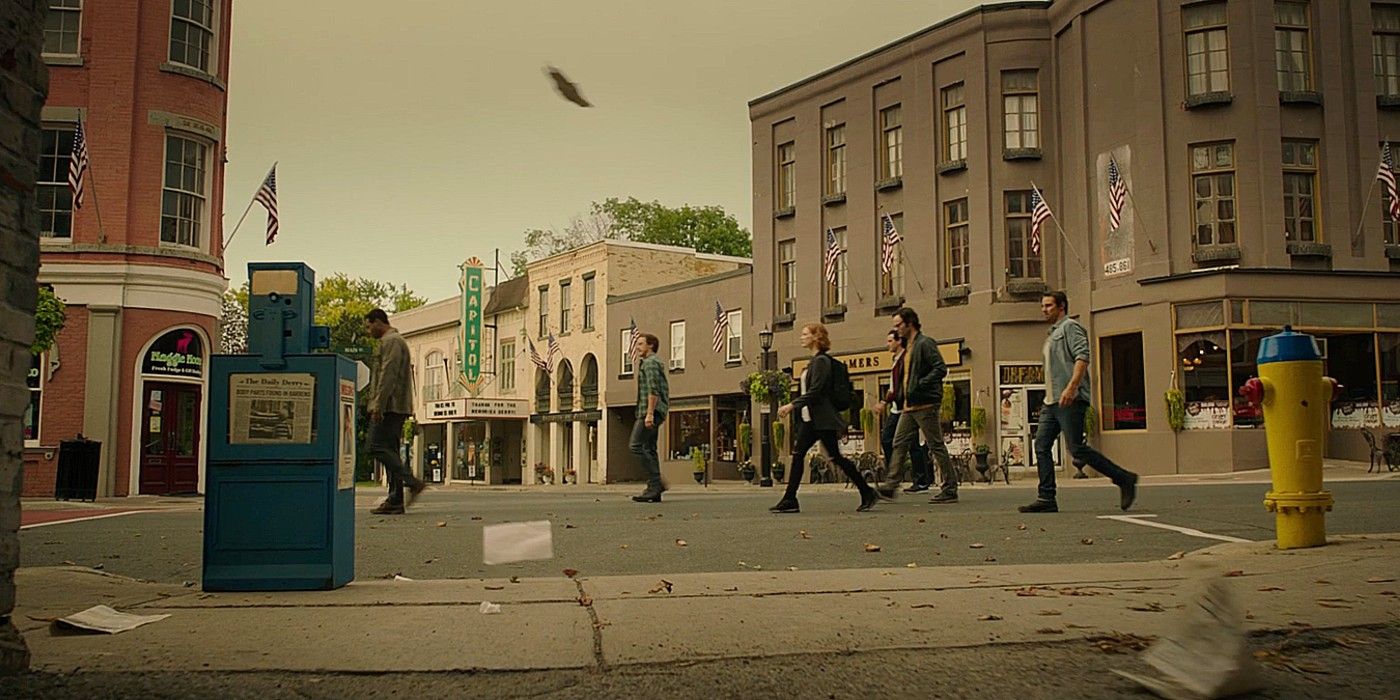
Stephen King’s 1986 horror novel IT has been adapted on several occasions but each time, a key villain has been left out for various reasons. This villain is none other than the physical town of Derry, Maine where Pennywise the Dancing Clown has resided for centuries, and where the members of the Losers Club ultimately defeat him. While a location isn’t traditionally considered a character, King crafted Derry to be a central villain that is present at all times. Pennywise is horrifying in his own right, but the town carries an even darker message: the real-life horrors people face in the United States.
In 2017, Andy Muschietti translated the novel to film in one of the most impeccable and detail-oriented ways thus far. IT: Chapter One and IT: Chapter Two (2019) capture the essence of how villainous humanity can be through Beverly Marsh’s (Sophia Lillis/Jessica Chastain) abusive father, Mike Hanlon’s (Chosen Jacobs/Isaiah Mustafa) experiences with racist townspeople, and Henry Bowers’s entire personality (Nicholas Hamilton/Teach Grant). Pennywise is the central villain in the novel, but he is a physical threat to the Losers Club and the citizens of Derry. Even when he hibernates for 27 years, the town remains an evil and callous place to live for nearly everyone.
This is where both of Muschietti's films and Tommy Lee Wallace’s 1990 mini-series miss a vital piece of King’s novel and one of the biggest messages behind it. Derry is a horrific place to live. It is filled with racism, homophobia, abuse, assault, murder, and more. In the novel, it breeds destruction, cruelty, and malevolence. While this is somewhat present in each of the films, it is not to the degree that it is in the original source.

When the Losers defeat Pennywise, half of Derry is destroyed. This means that they have defeated the two evils that plague the town but, in each adaptation, it is left standing. King’s novel is over one-thousand pages in length, so it would be difficult to include everything. In fact, Derry as a character was initially present in Muschietti’s original cut, but did not survive final edits. Scenes that were in IT: Chapter One, such as Stanley Uris’s bar mitzvah, appear differently in the second installment due to the fact that he intended for Derry to be a central villain. The original bar mitzvah scene is somber and quiet, while the reshoot calls out the adults in the town that ignore the daily violence.
This is an incredibly powerful scene that aimed to establish the toxicity of the environment, but it is undermined later in the film when Derry takes a backseat to the killer clown’s villainy. Muschietti initially prepared the script with the final scene set as the destruction of the town, which was present in the novel but, due to concerns about CGI and their budget, it was pulled. Derry's destruction could have been a powerful contribution that would have cemented the fact that the town is truly the primary evil at work. If the violence enacted on the children hadn’t been ignored by everyone in the town, the story would have taken an entirely different route. Pennywise is only successful because he has Derry’s evil to back him up and keep his lust for fear fulfilled even while he hibernates.
IT: Chapter Two initially had a runtime of four hours, but was cut down by approximately half. There is an abundance of scenes and elements that are essential to King’s original novel which never made it to the final cut. If Muschietti ever chooses to release a supercut of IT, Derry could have the chance to appear as the villain it always has been.
from ScreenRant - Feed https://ift.tt/2WYQWjn


0 Comments